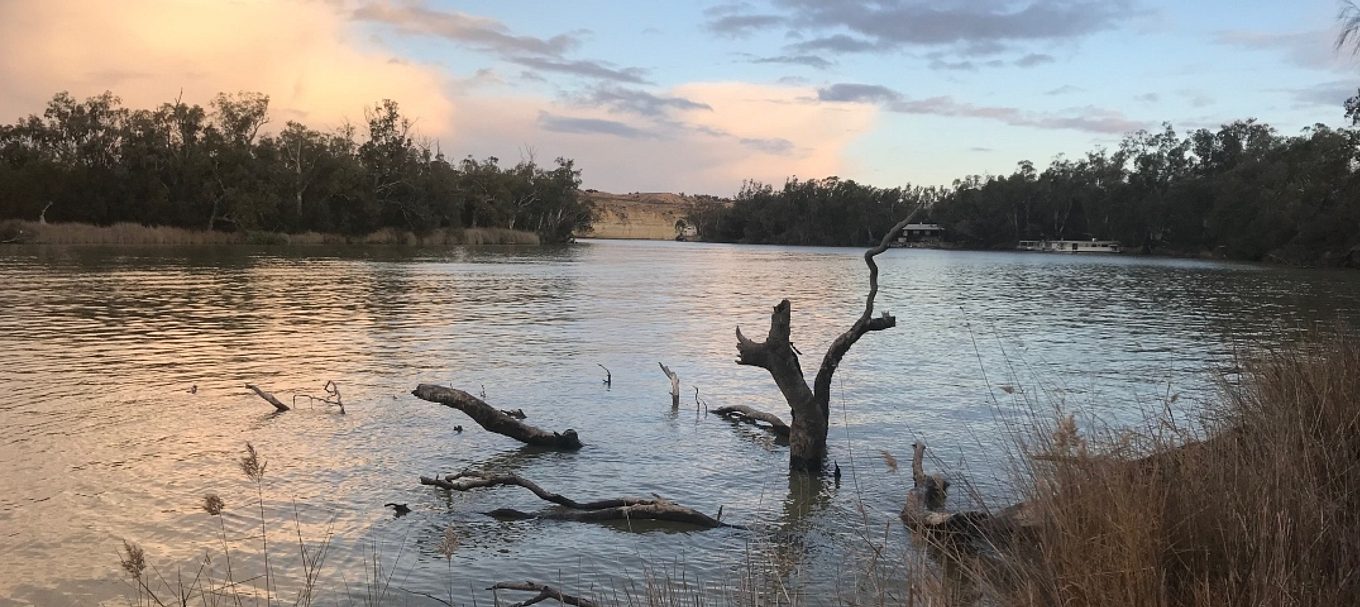
Learn how wooden logs or ‘snags’ help the River Murray
This National Tree Day, find out how snags in the River Murray play a critical ecological role.
Have you visited the River Murray and seen those old, hollowed out logs lying in the river? Well did you know these logs, known as ‘snags’ play an essential role in supporting native fish populations?
Snags in the water can happen naturally during weather events such as flooding, strong winds and droughts, resulting in nearby trees falling into the water.
Snags are also made by re-purposing fallen or felled trees. By re-purposing these trees as snags, we are providing juvenile fish new habitat to grow and thrive.
These snags play a critical ecological role by providing a place for bacteria, algae and micro-organisms to grow, which then creates a key food source for fish, birds and even yabbies.
What they also do is produce areas of fast and slow water movement, which is required by native fish for refuge or as a place to ‘sit and wait’ for food.
Where have all the snags gone?
Historically, snags were removed from South Australia’s leg of the River Murray to improve navigation for boating, reduce flood damage and beautify the river.
During the 1990s this practice was abolished as it became clear how important snags are for the river environment.
Nonetheless, habitat degradation due to historical removal of snags is thought to have greatly contributed to declines in native fish populations, which have reduced by more than 90 per cent across Australia since European colonisation.
Many Australian species now experience restricted habitats that are reduced to small and highly fragmented populations, which are increasingly vulnerable to extreme environmental events.
Returning snags to the water
Over the past few years there’ve been noticeable improvements to native fish habitats along the South Australian leg of the River Murray thanks to an ongoing re-snagging process led by a team at the Department for Environment and Water.
Re-snagging works are continuing under the Sustaining Riverland Environments Program, with more than 50 new snags so far being put back into the river, which are typically from trees placed into the water at strategic locations along the bank, and can be made up of rootballs, trunks, or limbs.
Returning snags to the river seems simple, but the type of tree and its size, shape, position and location in the river are all important factors that need to be taken into account.
Re-snagging works will continue once the river returns to normal seasonal flows.
Adding more snags to sites where there is existing habitat is important because snags that are close to each other support a bigger population of fish that will be more resilient to changing conditions.
Locals and ecologists have observed large bodied native fish utilising some of the new snag structures, which we are excited to continue to monitor through regular fish surveys.
Are you interested in learning more about the River Murray? You might like to read this story:How ‘water for the environment’ is helping the River Murrayor followRiver Murray SAon Facebook.





